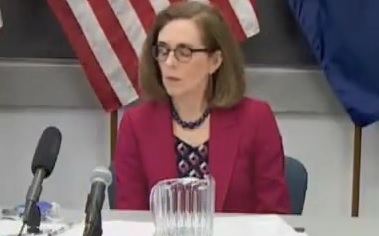





| TILLAMOOK COUNTY FAIR - 100 YEARS OF PIG N'FORD |
| Wednesday, August 6, 2025 at 10:00 am |
| The Tillamook County Fair received its recognition as one of the top ten Blue Ribbon Fairs in the nation due to its uniqueness; offering so much for fairgoers to enjoy free along with their paid admission. Fairgoers can enjoy all of the Open Class and 4-H/FFA exhibits that Tillamook County residents have prepared the year prior, free entertainment and concerts, live exotic animal displays, and a whole lot more! FOR MORE INFORMATION tillamookfairoffice@gmail.com (M-F, 8 AM-5 PM) at (503) 842-2272. Reminders: NO OUTSIDE FOOD OR DRINK All bags are subject to search For the safety of all present, only trained service animals are permitted to enter Fairgrounds property. A trained service animal is any guide dog, signal dog, or other animal individually trained to do work or perform tasks for people with disabilities. |
| 4603 East 3rd Street Tillamook, OR, 97141 |

A D V E R T I S E M E N T

A D V E R T I S E M E N T
 According to Atlas Public Policy, the U.S. will need between $100 billion and $166 billion in charging infrastructure investment this decade to support 100% electric truck sales by 2040. There are many types of medium- and heavy-duty battery electric vehicles, and each vehicle type will have different charging needs based on vehicle size, usage schedule and application. The primary EV chargers utilized in the Medium- and Heavy-Duty sector are Level 2 chargers and Direct Current Fast Chargers.
According to Atlas Public Policy, the U.S. will need between $100 billion and $166 billion in charging infrastructure investment this decade to support 100% electric truck sales by 2040. There are many types of medium- and heavy-duty battery electric vehicles, and each vehicle type will have different charging needs based on vehicle size, usage schedule and application. The primary EV chargers utilized in the Medium- and Heavy-Duty sector are Level 2 chargers and Direct Current Fast Chargers.
| Post Date: 2022-10-06 06:50:51 | Last Update: 2022-10-05 12:55:53 |